Neat frameless raised beds: how to?
tetrazzini
11 years ago
Related Stories
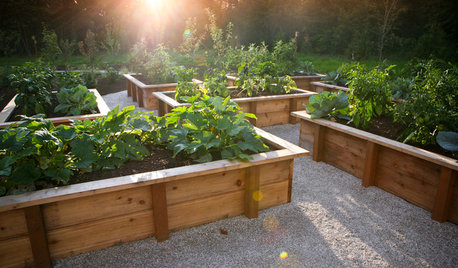
GARDENING AND LANDSCAPINGRaised Beds Lift Any Garden
From good old-fashioned wood garden boxes to modern metal troughs, raised beds can make any landscape space look great
Full Story
HOUSEKEEPING10 Things Neat Freaks Know to Be True
Do you err on the incredibly tidy side? Then you probably already live by these nuggets of neat wisdom
Full Story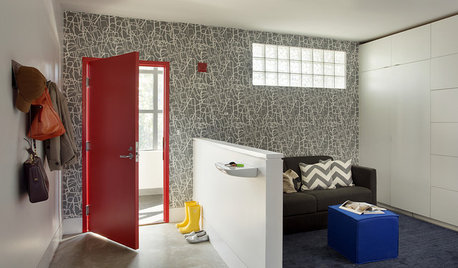
DECLUTTERING10 Secrets to a Neat Living Room
Keep the clutter at bay with ‘speed bumps,’ hidden storage and a little-stuff drawer
Full Story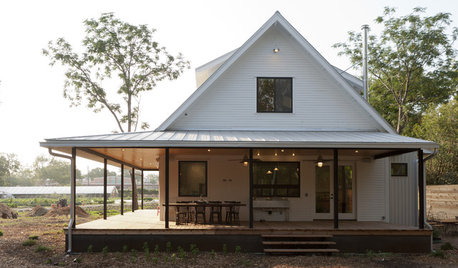
HOUZZ TOURSHouzz Tour: A New Texas Farmhouse Pulls a Neat Trick
Fresh from the drawing board, this home for organic farmers in Austin looks remodeled and expanded over time
Full Story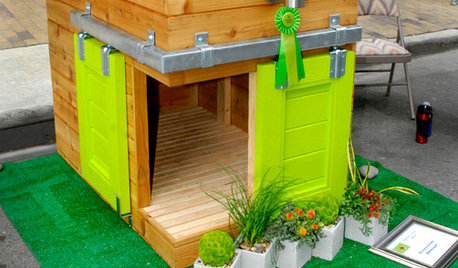
PETSRaise the Woof: Doghouses Delight at Barkitecture 2012
Designs at an annual Austin fundraiser are whimsical, practical and downright luxurious — no bones about it
Full Story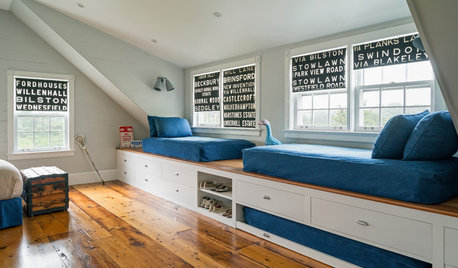
WINDOW TREATMENTSRoller Shades Raise the Curtain on Style
The humble window treatment is stealing the scene with fresh patterns, color and pizzazz
Full Story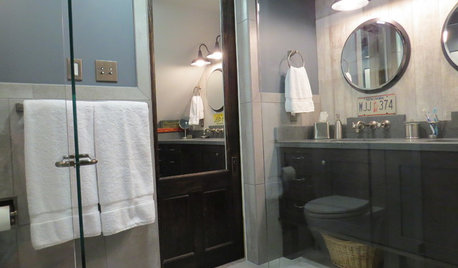
BATHROOM DESIGNSee the Clever Tricks That Opened Up This Master Bathroom
A recessed toilet paper holder and cabinets, diagonal large-format tiles, frameless glass and more helped maximize every inch of the space
Full Story
REMODELING GUIDESKey Measurements for a Dream Bedroom
Learn the dimensions that will help your bed, nightstands and other furnishings fit neatly and comfortably in the space
Full Story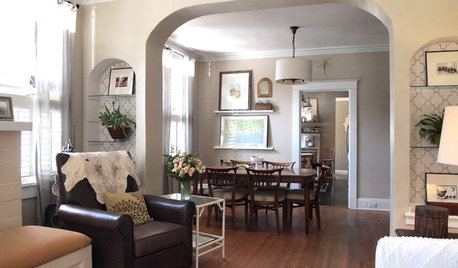
HOUZZ TOURSMy Houzz: Casual, Thoughtful Design for a 1920s Bungalow
A couple turn a neglected, run-down home into a charming, comfortable place to raise their 4 children
Full Story
BEDROOMSPlatform Beds for Every Style
Buh-bye box spring: New mattresses and frames make platform beds work for all
Full Story





gardenlen
baseball9
Related Professionals
Cottonwood Landscape Architects & Landscape Designers · Roosevelt Landscape Architects & Landscape Designers · Walnut Landscape Architects & Landscape Designers · Sahuarita Landscape Architects & Landscape Designers · East Patchogue Landscape Architects & Landscape Designers · Pelham Landscape Contractors · Waterbury Landscape Contractors · Hoover Landscape Contractors · Mendota Heights Landscape Contractors · North Canton Landscape Contractors · Sammamish Landscape Contractors · Seymour Landscape Contractors · Tamarac Landscape Contractors · Cambridge Driveway Installation & Maintenance · Riverside Driveway Installation & Maintenancechas045
tetrazziniOriginal Author
tetrazziniOriginal Author
wayne_5 zone 6a Central Indiana
scotty66
tetrazziniOriginal Author
natal
chas045
baseball9
tetrazziniOriginal Author
jolj
oliveoyl3
art_1
chas045
baseball9
spacetogrow
tetrazziniOriginal Author